Latest Posts by sidusglacies - Page 3
Light pillars are a rare optical phenomenon in which ice crystals in the atmosphere reflect sources of light in a vertical formation. Long, illuminated beams can form above or below sources of artificial or natural light due to the air being extremely cold.




Lightning and Rainbow in Arizona

Where clouds form. Understanding Our World. Book 2. 1947. Internet Archive




Astronaut Alexander Gerst’s photos of category 5 Supertyphoon Trami that was headed for Japan and Taiwan in late September, 2018. In Alexander’s own words, it was “As if somebody pulled the planet’s gigantic plug”.⠀ ⠀ (@astro_alex_esa)
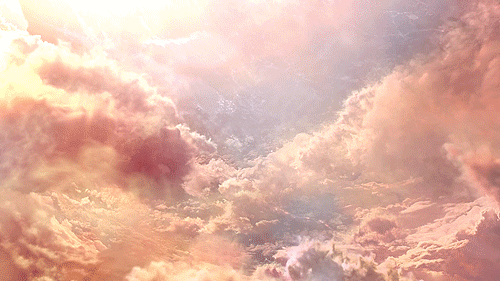

Saturn eclipses the Sun, seen from the Cassini Orbiter, 15.Sept.2006
via reddit
why are star wars planets more boring than earth and our solar system like sure we’ve seen desert, snow, diff types of forest, beach, lava, rain, but like…

rainbow mountains (peru)

red soil (canada/PEI)

rings (saturn’s if they were on earth)

bioluminescent waves

northern lights (canada)


salt flats (bolivia, where they filmed crait but did NOTHING COOL WITH IT except red dust?? like??? come ON)

and cool fauna like the touch me not or like, you know, the venus flytrap.. and don’t get me started on BUGS like… we have bugs cooler than sw aliens
BASICALLY like???? come on star wars you had one (1) job where are the cool alien species
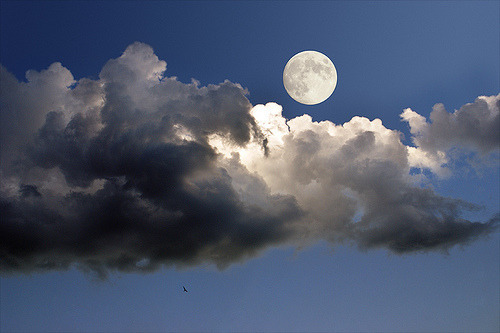
Moon Shadows, Serbia









Do Earth-Sized Planets Around Other Stars Have Atmospheres? James Webb Will Find Out!
“Even so, because of its ability to measure light to high sensitivity far into the infrared, there’s a remarkable hope for determining whether these worlds have atmosphere regardless of any other measurements. As planets orbit their star, we see different phases: a full phase when it’s on the far side of the star; a new phase when it’s on the near side, and everything in between. Based on the temperature of the world at night, we’ll receive different amounts of infrared light from the "dark” side that faces away from the Sun. Even without a transit, James Webb should be able to measure this.“
The overwhelming majority of Earth-sized, potentially habitable planets that Kepler found are in orbit around red dwarf stars. In many ways, this is great: red dwarf stars are stable, temperature-wise, for longer than our Sun. Their planets are easier to detect, and they will be the first Earth-sized ones we can measure the atmospheres of directly. But even if we can’t make those measurements with James Webb, we’ll be able to learn whether they have atmospheres or not via a different method: by measuring the infrared radiation coming from the planets themselves in various phases. Just as we can measure the presence of Venus’ atmosphere from the hot, infrared radiation emanating from it even on the night side, we can make those same measurements with James Webb of other Solar Systems. By time the early 2020s roll around, we’ll have our first answers to this longstanding debate.
Many scientists think that Earth-sized planets around M-class stars will have no atmospheres left; others think there’s a chance they survive. Here’s how James Webb will find out!
Huge news! Astronomers using the Hubble space telescope have discovered water in the atmosphere of an exoplanet in its star’s habitable zone. If confirmed, it will be the first time we’ve detected water—a critical ingredient for life as we know it—on an exoplanet. The water was detected as vapour in the atmosphere, but the temperature of the planet means it could sustain liquid water on its surface, if it’s rocky.
The planet is called K2-18b, and it’s about 110 light years away. The planet is much different than Earth. It’s a Super-Earth, and it’s twice as large as Earth, and about 8 times as massive. K2-18b is orbiting a red dwarf star, and it was first discovered in 2015 by the Kepler Space Telescope.
Dr. Angelos Tsiaras (UCL Centre for Space Exochemistry Data, CSED), said: “Finding water on a potentially habitable world other than Earth is incredibly exciting. K2-18b is not ‘Earth 2.0’ as it is significantly heavier and has a different atmospheric composition. However, it brings us closer to answering the fundamental question: Is the Earth unique?”
The team behind the discovery developed algorithms and ran archived Hubble data from 2016 and 2017 through them. They analyzed starlight from the red dwarf star as it passed through the exoplanet’s atmosphere. They discovered the molecular signature of water, as well as hydrogen and helium.
This discovery needs follow-up observations to confirm it. We also need better telescopes to study its atmosphere in greater detail, and the atmospheres of other exoplanets. Two telescopes on the horizon will tackle that job. The James Webb Space Telescope will have the powerful capability to examine the atmospheres of exoplanets, which is really the next step in understanding all of the exoplanets found by Kepler, and which will be found by TESS.
The ESA’s ARIEL (Atmospheric Remote-sensing Infrared Exoplanet Large-survey) mission will launch in 2028 and will study the atmospheres of about 1000 exoplanets in detail. ARIEL, along with the JWST, will give us a much better understanding of K2-12b and exoplanets like it.



COLORADO MAGIC (by Willoughby Owen)
robertbellospirito
It was a wild sight watching this super cell sucking in all this air and moisture in #SouthDakota . To be able to see what #nature creates is truly amazing. This timelapse was about 25 minutes..






this storm season started off so poorly for me but the last week has been one of the best weeks of my life. life is weird like that.
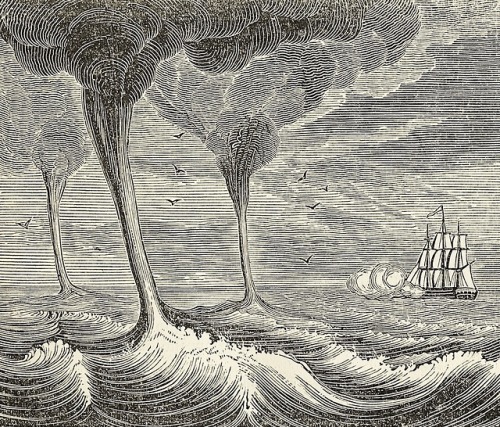
The philosophy of storms - James Pollard Espy - 1841 - via Internet Archive
As the Fog Rolls In

Although we talk about fog rolling in, it’s rare for us to have a perspective where we can truly appreciate that flow. But this photograph from Tanmay Sapkal provides just that for the low summer fogs sweeping over Marin, CA. (Image credit: T. Sapkal; via NatGeo) Read the full article



These beautiful Kelvin-Helmholtz clouds were spotted over Lincolnshire on December 19th. They form between two layers of air, one of which is moving faster than the other. Although that situation is not very unusual, the conditions have to be just right for visible clouds to form at that interface between layers, and the clouds themselves are typically short-lived. This set is particularly lovely with its smooth curves and breaking wave form. If you, like me, love these clouds but never manage to see them yourself, you can always try wearing some instead! (Image credit: A. Towriss; via BBC News; submitted by Vince D.)










An assortment of computer models rendered employing variations of the Lorenz equation.







Hurricane Florence
Hurricane Florence wide-angle ESA astronaut Alexander Gerst took this image of Hurricane Florence on 12 September 2018, 400 km high from the International Space Station. He commented: “Watch out, America! Hurricane Florence is so enormous, we could only capture her with a super wide angle lens from the International Space Station, 400 km directly above the eye. Get prepared on the East Coast, this is a no-kidding nightmare coming for you.” Alexander is on his second six-month Space Station mission.



Fallstreak hole


A rendering (Motion Edit) of a thunderstorm, based on a single photograph of a cumulonimbus cloud lit by a lighting, captured by night from an airliner at 40,000ft (12,000m), visualize a towering cumulus convection emerging from an altocumulus cloud cover.

An altocumulus cloud cover from below.
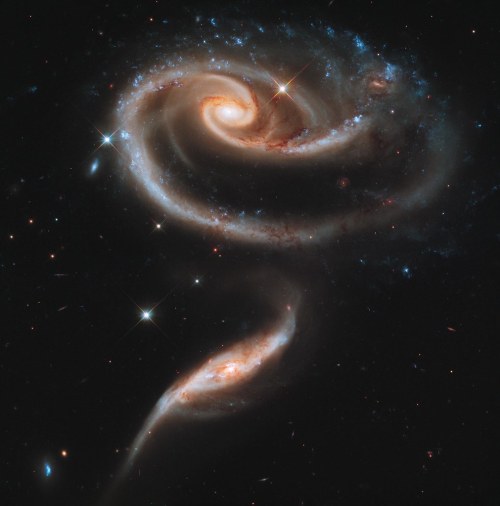
NASA’s Hubble Celebrates 21st Anniversary with “Rose” of Galaxies by NASA Goddard Photo and Video

Peter Goodfellow
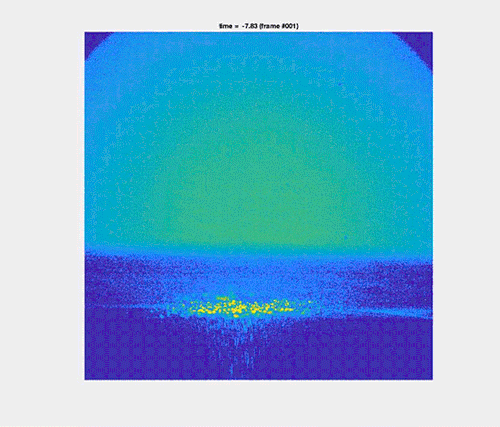
For more than a century, scientists have been fascinated by the jet that forms after a drop impacts a liquid. In this study, researchers tracked fluorescent particles in the fluid to understand the velocity and acceleration of flow inside the jet. (Image and research credit: C. van Rijn et al.; via APS Physics; submitted by Kam-Yung Soh)
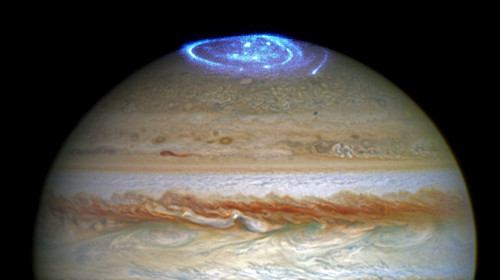
Like Earth, Jupiter is home to polar auroras that light the sky as charged particles interact with the planet’s magnetosphere. A recent paper identifies interesting features in the aurora that appear similar to expanding vortex rings.(Image credit: Jupiter - NASA, ESA, and J. Nichols, aurora features - NASA/SWRI/JPL-Caltech/SwRI/V. Hue/G. R. Gladstone/B. Bonfond; research credit: V. Hue et al.; via Gizmodo)



Where cold and warm air meet, our atmosphere churns with energy. From the turbulence of supercell thunderclouds to the immense electrical discharge of lightning, there’s much that’s breathtaking about stormy skies. Photographer Dustin Farrell explores them, with a special emphasis on lightning, in his short film, “Transient 2″.
As seen in high-speed video, lightning strikes begin with tree-like leaders that split and spread, searching out the path of least resistance. Once that line from cloud to ground is discovered, electrons flow along a plasma channel that arcs from sky to earth. The estimated temperatures in the core of this plasma reach 50,000 Kelvin, far hotter than the Sun’s surface. It’s this heating that generates the blue-white glow of a lightning bolt. The heating also expands the air nearby explosively, producing the shock wave we hear as a crash of thunder. (Images and video credit: D. Farrell et al.; via Colossal)

